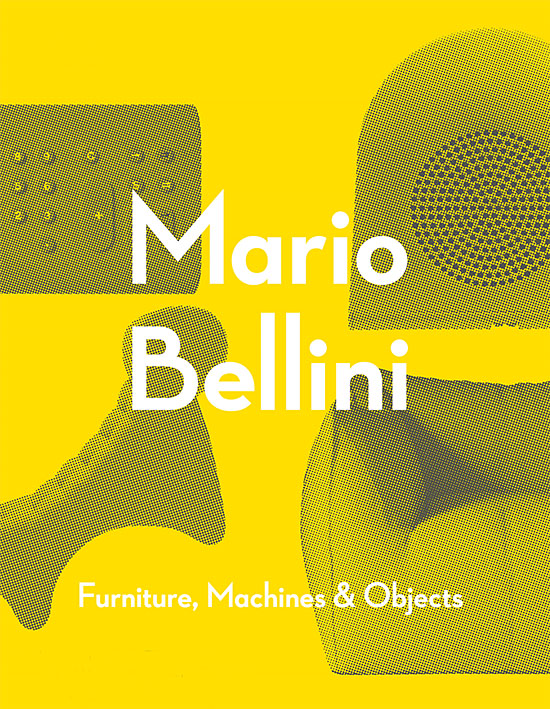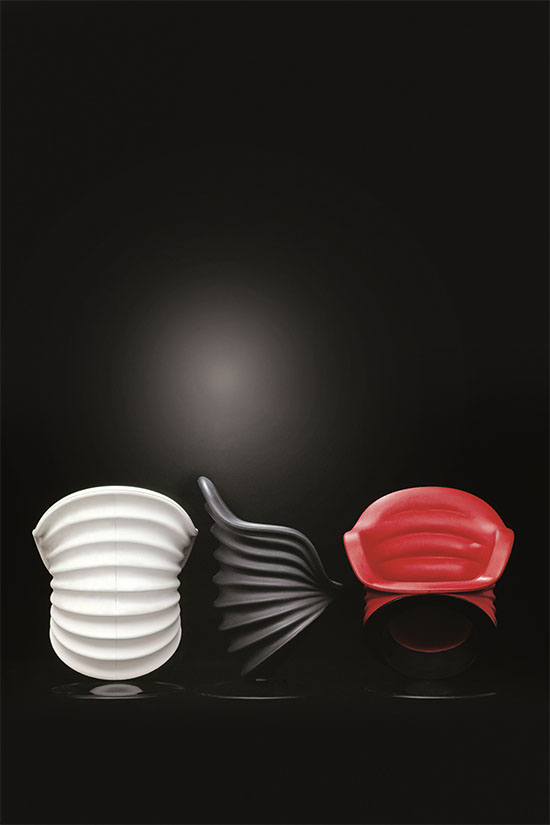Mario Bellini
Is Mario Bellini the anti-Dieter Rams? That might seem like an odd notion, as the two important European designers, born around the same time, went on to shape our manufactured environment in similar ways. Both began their careers during the post-war boom, when early micro-electronics and new synthetic polymers changed both the kinds of goods companies commissioned from designers, and the means by which those goods could be made.However, while Rams, the long-standing Chief Design Officer at Braun, reduced his working beliefs down to his famous ten principles – Bellini insisted on absolutely no rules when he came to work on an idea.
“I’ve always rejected the idea that there’s a method for doing what is called ‘design’.” Bellini says. “I think of a design project as an exploration that involves both the mind and the senses. In order to understand something fully I must test it and investigate it thoroughly, just as children do, when they touch and taste everything around them.”
By retaining this childlike point of view, Bellini has produced a hugely impressive body of work during his adult working life. It includes computers, calculators and typewriters for Olivetti; automobile work for Fiat; cameras for Fuji; headphones and electronic instruments for Yamaha; televisions for Brionvega; jewellery for Cleto Munari; and furniture for Vitra, Cassina and B&B Italia.

“For almost twenty years I did not have the courage to design a chair, until I came to the conclusion that a “new chair” could be designed simply “as a chair”, as it always has been, with a seat, a back and four legs.”
Mario Bellini is one of the leading names in the world of late twentieth-century Italian design. His collaboration with Olivetti and Cassina, from the very early 1960s, afforded him the unique opportunity to respond to the dizzying advance of micro-electronics and the domestic innovations arising from the increased use of synthetic resins and polyurethanes.

Forced by technology to face new possibilities and previously unasked questions, Bellini found equally original and unexpected answers. His machines for the office (computers, typewriters, calculators) and his furniture (sofas, armchairs, chairs and tables) are striking both in the originality of their technical inventiveness and in the free synthesis of their formal elements. It is an originality that is rooted in the skepticism with which Bellini has always viewed attempts to draw precise boundaries and rules for the design process. Instead, he brings back into the work of the designer the crucial relationship between man and environment, between objects and the complexity of place and behavior.
What is missing in Bellini’s professional career is any attempt to define the rules of his working method or to establish a recognizable, reproducible style of his own. His way of confronting constant technological progress, his systematic reassessment of technical and typological assumptions, his constant search for intuitive, meaningful relationships with objects have, on the contrary, produced a varied constellation of stylistic devices, often iconic and figurative.
His originality is all the more surprising in that it is not embedded in an ideological system, nor in a futuristic vision, but in a physical, concrete sensibility that cannot be separated from certain immutable constants – be they bodily gestures or the spaces and objects in which and with which we live. His approach is wholly personal and easily understood by the public but resists rigid categorization by critics. It has been impossible to pigeonhole his work or identify it as belonging to a trend.
